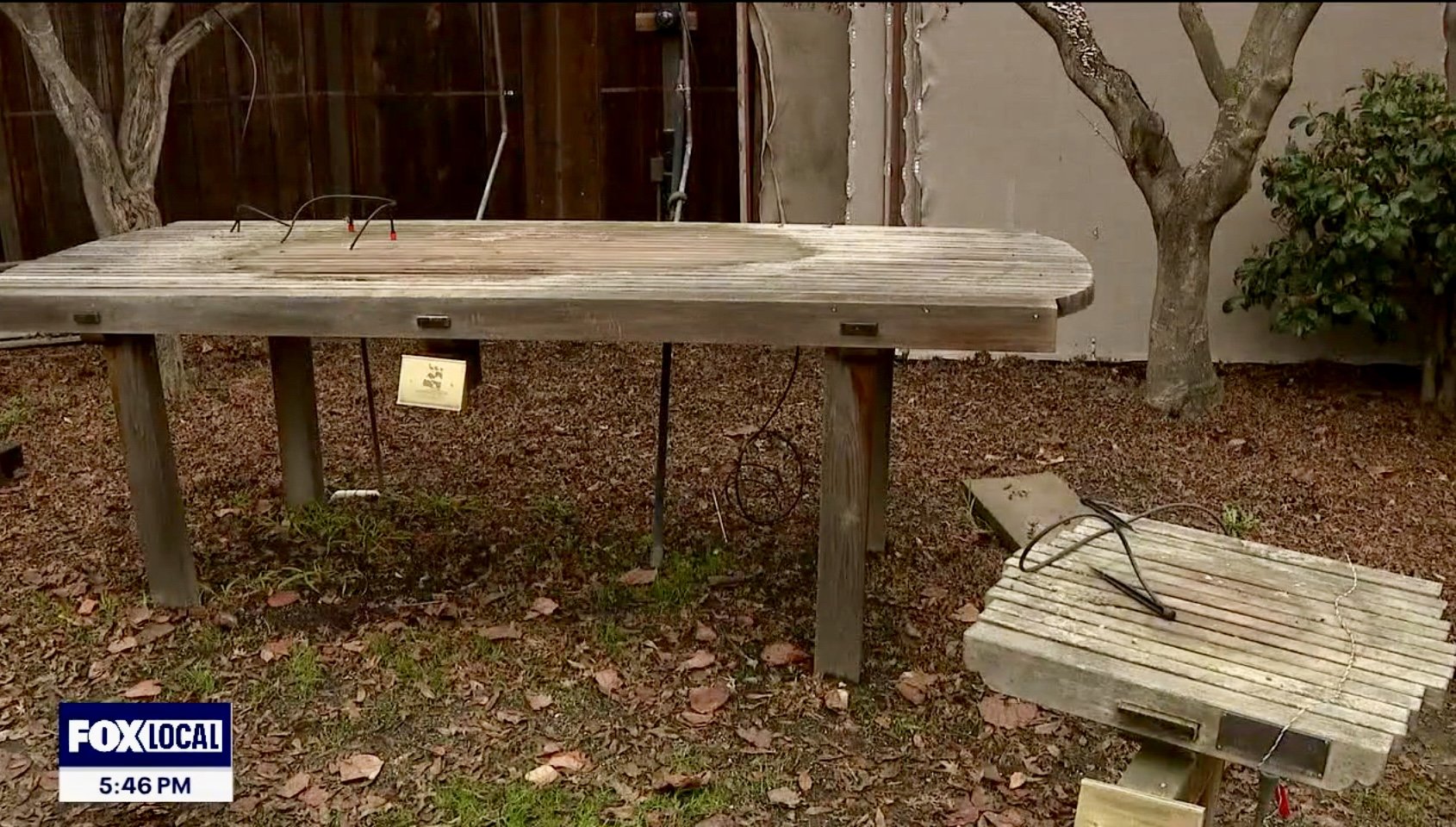Preventing Theft
The rising occurrence of bonsai theft is both saddening and close to home. Our beloved Oakland Bonsai Garden at Lake Merritt was broken into. Eight smaller trees were stolen, through a broken wood fence board.
"A pot can be replaced. A car can be replaced. These bonsai trees can't be replaced, they all are unique and all have a legacy," said Deeg.
We are all victimized as these were cared for by our club members and local bonsai community—the public has lost valued trees and we’ve lost that innocence of being out of reach from such crimes.
Now our attention from early spring repotting shifts to garden security or preventing our collection & gardens from intruders.
I guess that depends a lot where you live, how you live (flat with a balcony where no one can reach the plants vs a house where you can easily walk in) and also how many plants you have. If you have s lot and you can see them from the street, might be a bit dangerous.
Saguaro National Park:
According to officials, a number of the cactus plants have been microchipped. However, they note that while the chips can identify a stolen plant, they cannot track them. But they are hopeful this new technique will deter thieves in the future.
High fences and locked gates do more to prevent and deter than cameras (unless they show their face or are otherwise recognizable).
On top of access prevention, you want floodlights that trip with motion INSIDE your fence line along with VERY LOUD AND ANNOYING motion sensor activated noise alarms.
They do not have to be connected to anything recording or monitoring wise (though you can). Surprising lights and piercing noise out of nowhere, after just entering a closed yard, usually produces a "GTFO" reaction in experienced thieves. Smarter novice ones, too. Legit dopers, not as reliable a deterrent, but they tend to do the 2 minute smash and grabs anyhow, not bonsai or searching out speciality items.
